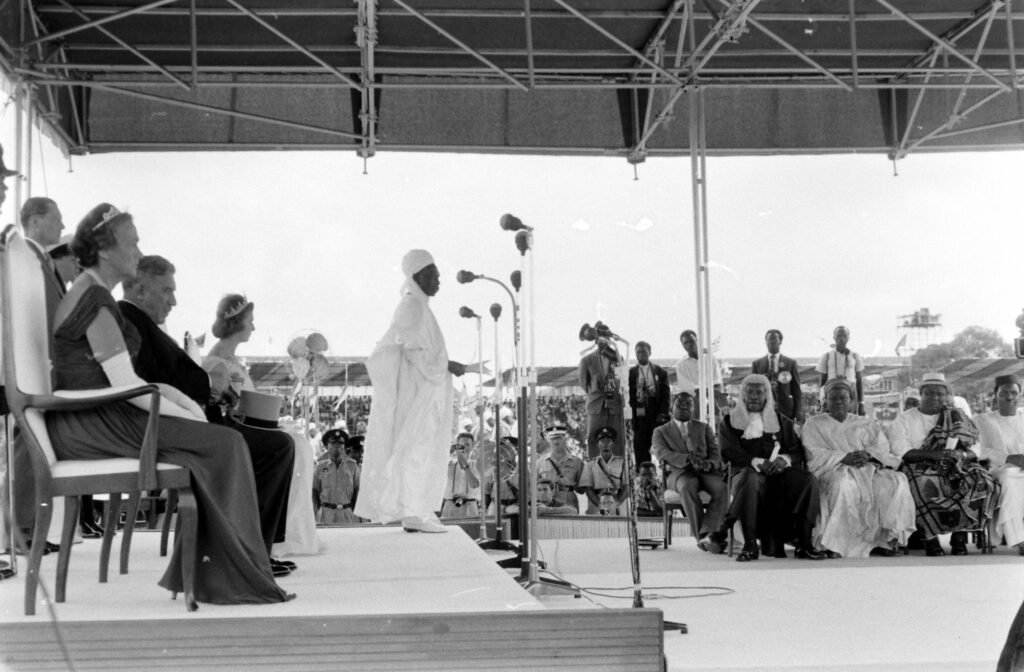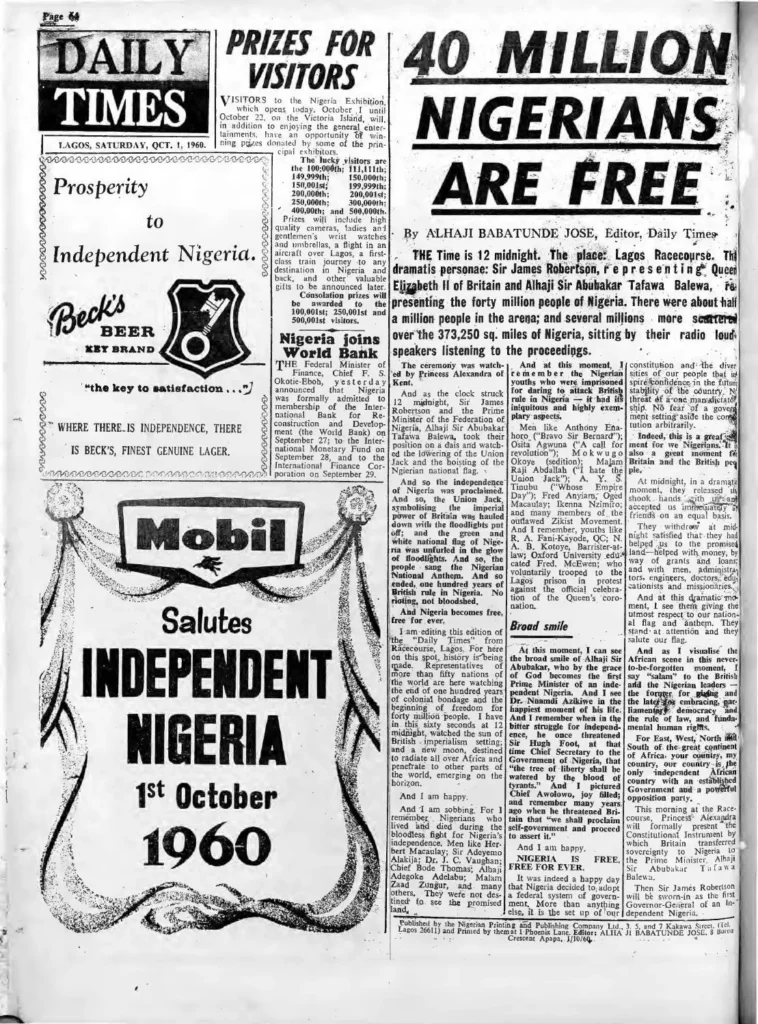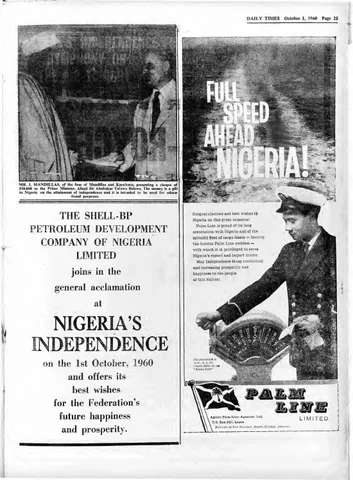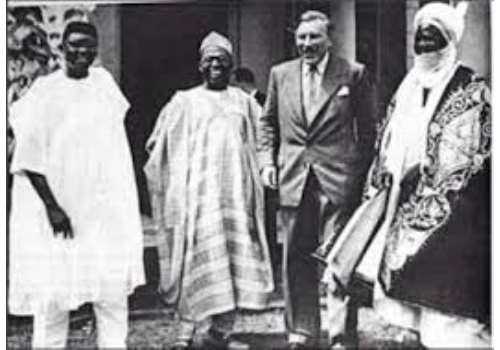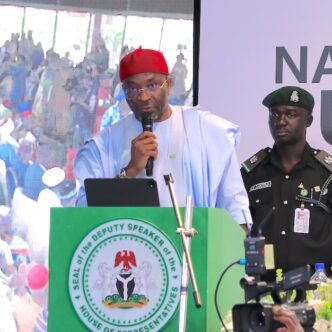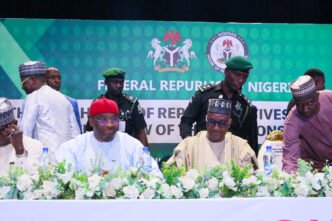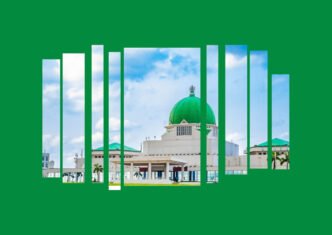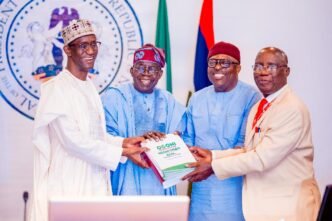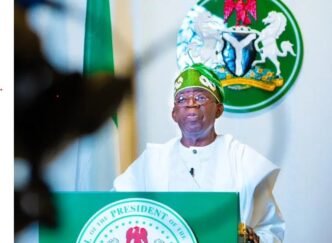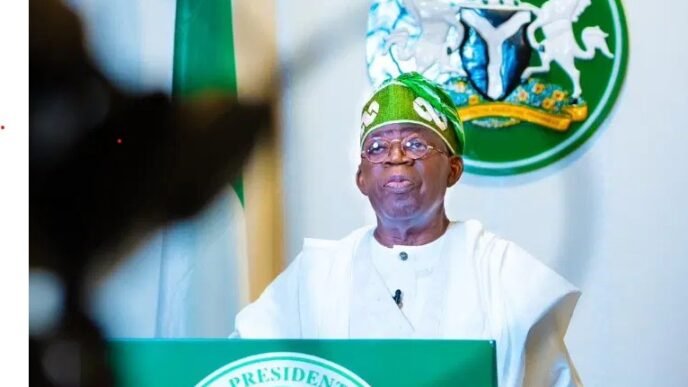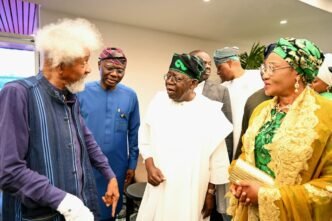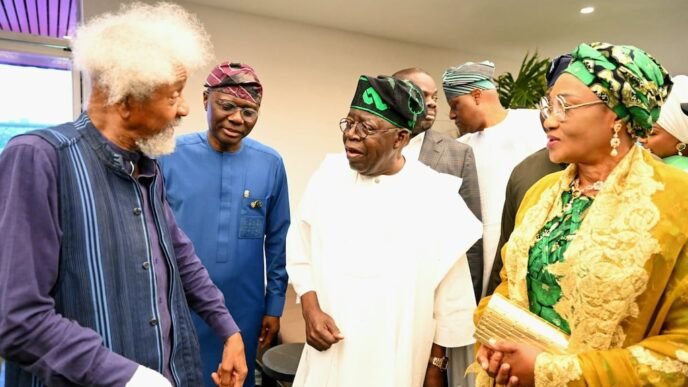As Nigeria celebrates her 65th Independence Day, the National Assembly Library invites you to journey with us through history as we share powerful highlights of our nation’s path to self-rule – the milestones, the voices and the moments that shaped our democracy.
Pre-Colonial Era Before the colonial period, numerous civilizations and polities flourished across the territory that is now Nigeria, with distinct cultures, political systems, and artistic traditions. These societies ranged from early Iron Age cultures to complex, centralized empires that dominated vast trade routes.
On May 1, 1807 the Houses of Parliament in London enacted legislation prohibiting British subjects from participating in the slave trade. The promotion of anti-slavery and British trading interests was a key aspect of the British rhetoric that led to colonization.
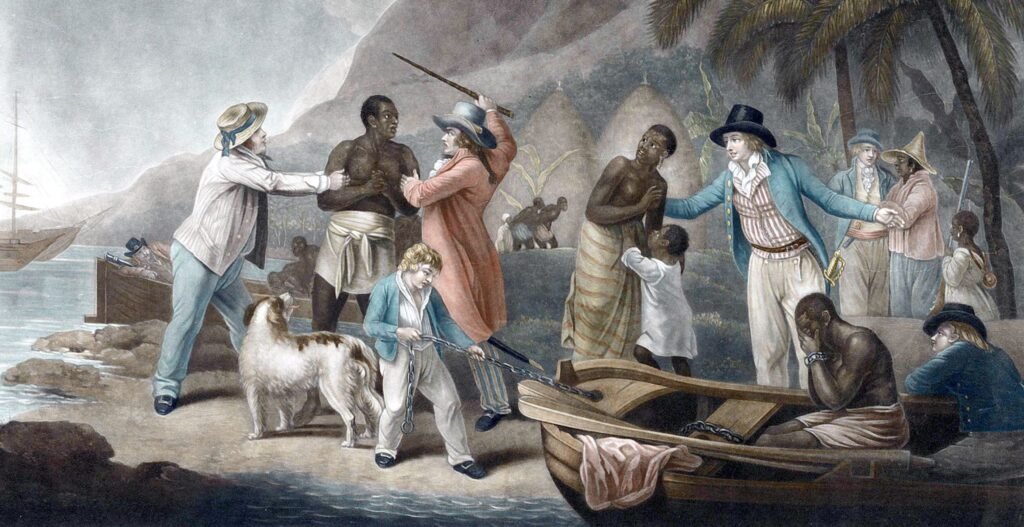
During this time, also known as ‘The Scramble for Africa’, European countries sought to establish territorial claims on the African continent and secure access to valuable natural resources.
The British Conquest The British Conquest began on December 26, 1851. With the endorsement of the influential Lord Palmerston, the British Foreign Secretary, a bombardment of Lagos was carried out to unseat the ruling Oba Kosoko. It was hoped that replacing Kosoko with British ally Oba Akitoye, would stabilize the region for the expansion of British interests. On January 1, 1852, a treaty was signed between Great Britain and Lagos.

Unfortunately, over the next several years Akitoye and his successor, Oba Dosunmu were unable to bring the stability to the region that the British had hoped for, and on August 6, 1861, Lagos was annexed as a British colony under the direct political control of a British governor through the Lagos Treaty of Cession.
The colonization of Nigeria had officially begun.
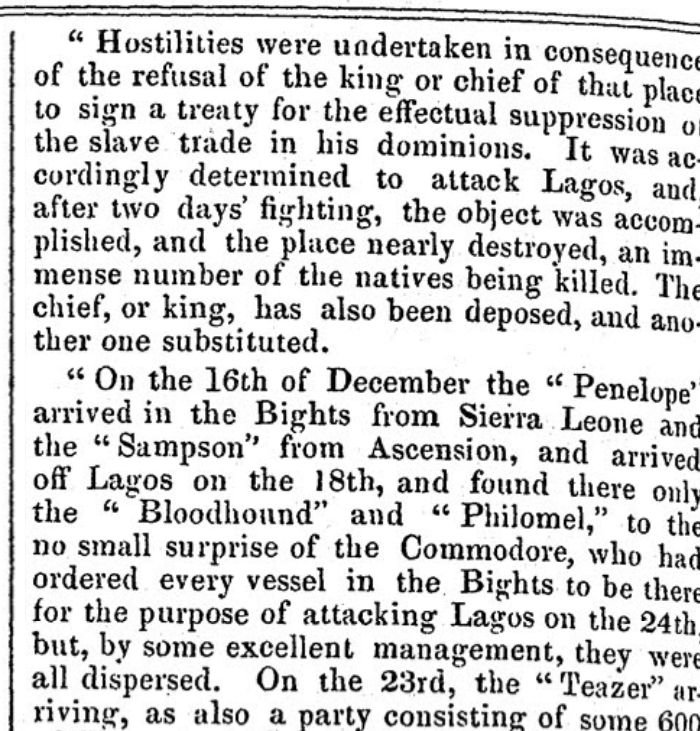
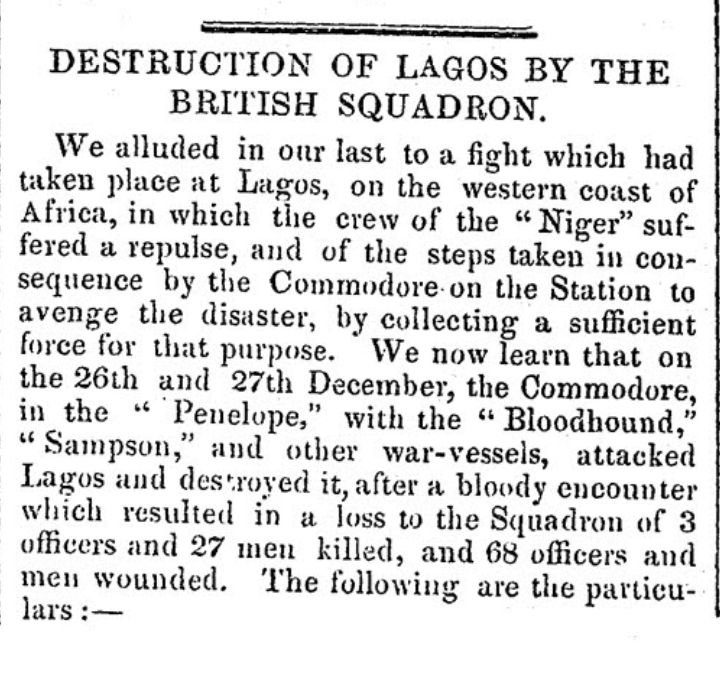
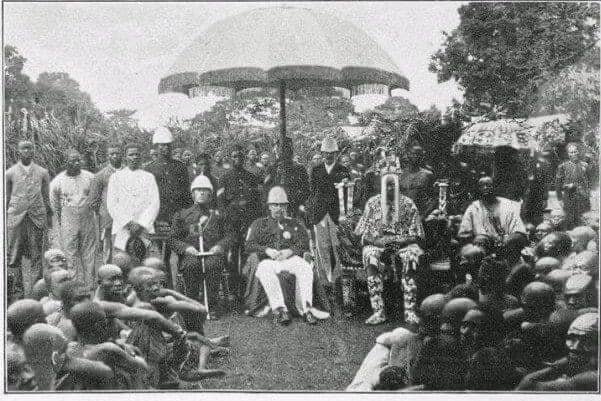
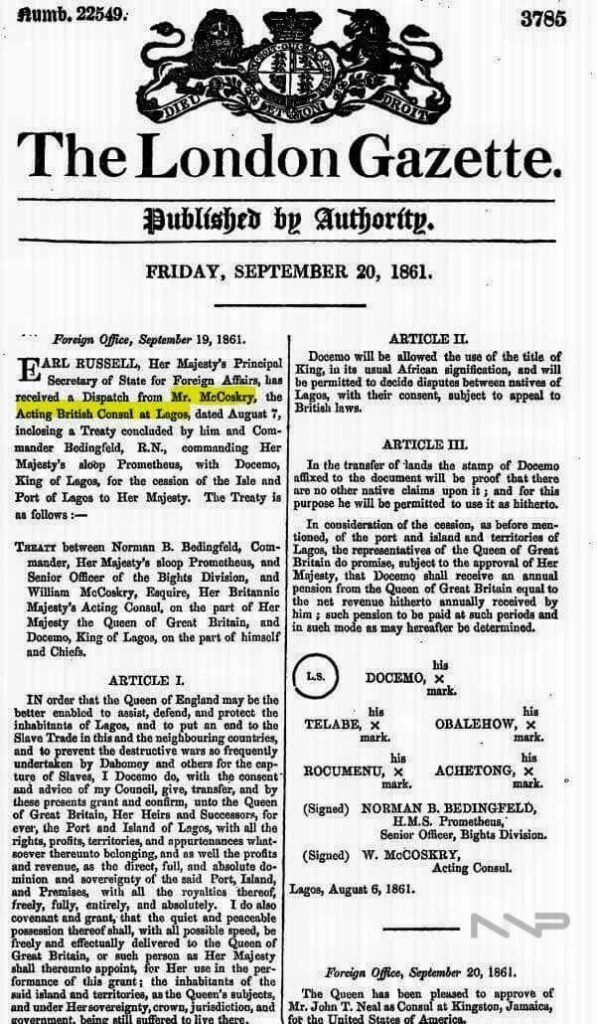
From Lagos, the British made their way inland, slowly bringing the rest of Yorubaland under British rule – applying force when necessary. Among the British trading companies, whose activities had far-reaching consequences for Nigeria, was the United Africa Company, founded by George Goldie in 1879. In 1886 Goldie’s consortium was chartered by the British government as the Royal Niger Company and granted broad concessionary powers in “all the territory of the basin of the Niger.”
In 1894 the territory was redesignated the Niger Coast Protectorate and was expanded to include the region from Calabar to Lagos Colony and Protectorate, including the hinterland, and northward up the Niger River as far as Lokoja, the headquarters of the Royal Niger Company.
In a ‘The Times of London’ article published on January 8, 1897, British journalist Flora Shaw suggested the name “Nigeria” – deriving it from the Niger River – to describe the region held by the Niger Royal Company Territories and the Southern Protectorate. Following the later conquest of Sokoto and Kano, this name was extended to the Northern region.
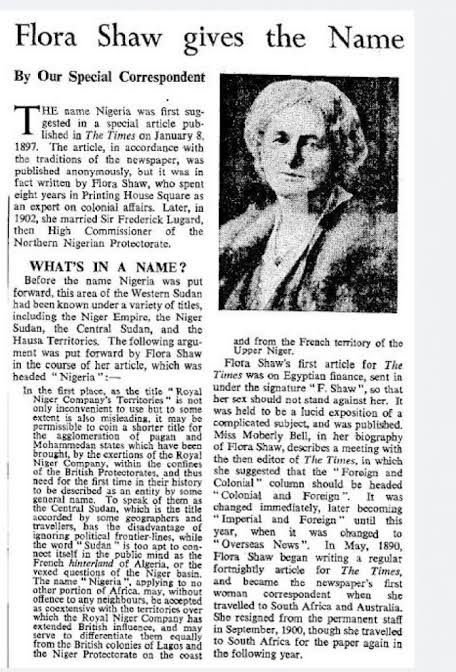
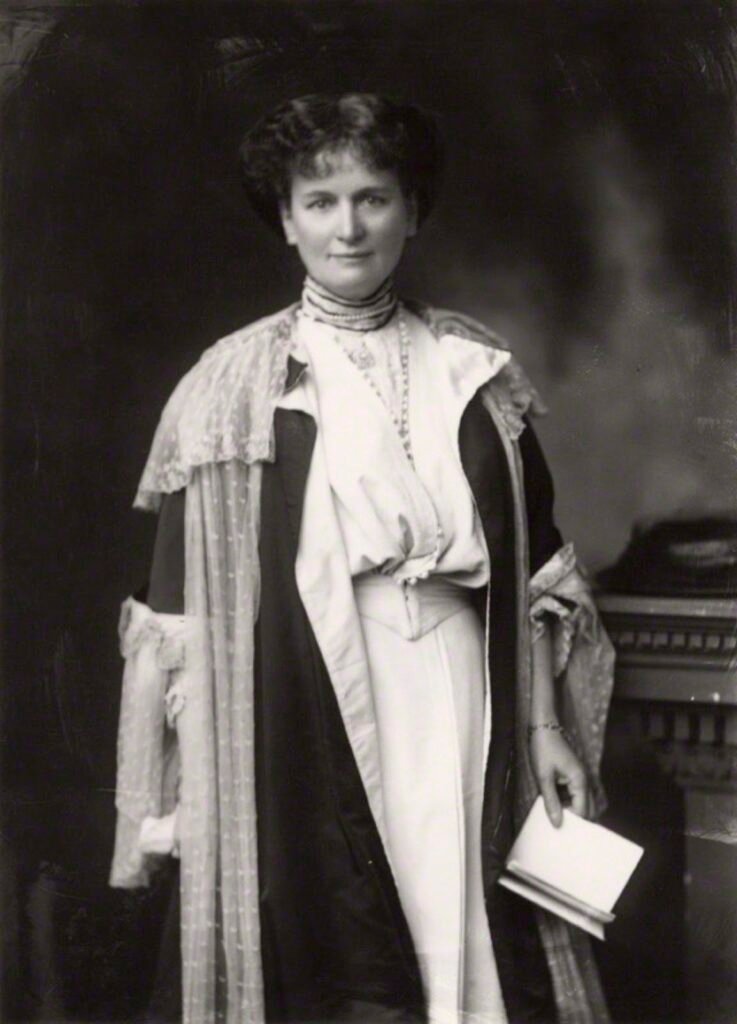
From 1894 to 1899, the Royal Niger Company interfered in the territory along the Niger and the Benue and negotiated treaties with Sokoto, Gwandu, and Nupe that were interpreted as guaranteeing exclusive access to trade in return for the payment of annual tribute.
Although treaties were signed with rulers as far north as Sokoto by 1885, actual British control was confined to the coastal area and the immediate vicinity of Lokoja until 1900. The Royal Niger Company had access to the territory from Lokoja extending along the Niger and Benue rivers above their confluence, but there was no effective control, even after punitive expeditions against Bida and Ilorin in 1897.
The clear intent was to occupy the Sokoto Caliphate, but for that purpose the Royal Niger Company was not deemed to be a sufficient instrument of imperialism. Consequently, on December 31, 1899, Britain terminated the charter of the company, providing compensation and retention of valuable mineral rights
It is at this point that Lord Frederick Lugard arrived on the scene.
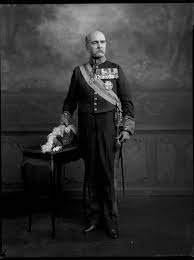
During his six-year tenure as high commissioner, Lord Frederick Lugard was occupied with transforming the commercial sphere of influence inherited from the Royal Niger Company into a viable territorial unit under effective British political control. His objective was to conquer the entire region and to obtain recognition of the British protectorate by its indigenous rulers, especially the Fulani emirs of the Sokoto Caliphate.
Lugard’s campaign systematically subdued local resistance, using armed force when diplomatic measures failed. Borno capitulated without a fight, but in 1903 Lugard’s RWAFF mounted assaults on Kano and Sokoto
By July 27 1903, the mighty caliphate founded by Usman dan Fodio was no more.
Amalgamation of Nigeria The conquest of Sokoto was the final act in setting the boundaries of the British Protectorates of Northern and Southern Nigeria. On January 1, 1914, under the direction of British Colonial Governor Sir Frederick Lugard, the Northern and Southern Protectorates were amalgamated into a single entity – the Colony and Protectorate of Nigeria, marking a significant transformation in the region’s political history.
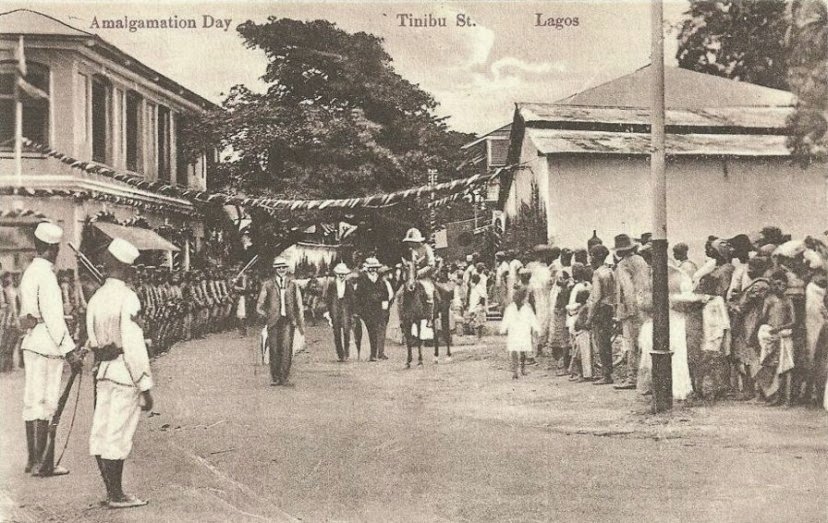
Colonial Rule From 1914 to 1960, Britain established and administered Nigeria primarily to serve its economic and strategic interests, which included the development of infrastructure, the imposition of political structures, and the promotion of trade, all while laying the groundwork for the future Nigerian state
In 1916 Lugard formed the Nigerian Council, a consultative body that brought together six traditional rulers—including the Sultan of Sokoto, the Emir of Kano and the Oba of Benin—to represent all parts of the colony. The council was promoted as a device for allowing the expression of opinions that could instruct the Governor-General.
Over the colonial era, several constitutions were implemented, such as the 1922 Clifford Constitution and the 1946 Richards Constitution, which introduced gradual political reforms to manage dissent and shape the political landscape
Growing Nigerian protests and demands for increased political representation and autonomy in the later years of colonial rule spurred further constitutional reforms and contributed to the eventual push for independence.
The 1922 constitution provided Nigerians with the chance to elect a handful of representatives to the Legislative Council. The principal figure in the political activity that ensued was Herbert Macauley, often referred to as the father of Nigerian nationalism. He aroused political awareness through his newspaper, the Lagos Daily News.
He also led the Nigerian National Democratic Party, which dominated elections in Lagos from its founding in 1922 until the ascendancy of the National Youth Movement in 1938. His political platform called for economic and educational development, Africanization of the civil service, and self-government for Lagos
The National Youth Movement used nationalist rhetoric to agitate for improvements in education. The movement brought to public notice a long list of future leaders, including H.O. Davies and Nnamdi Azikiwe.
By 1938, the NYM was agitating for dominion status within the British Commonwealth of Nations so that Nigeria would have the same status as Canada and Australia. In elections that year, the NYM ended the domination of the NNDP in the Legislative Council and worked to establish a national network of affiliates.
The Northern People’s Congress (NPC) was organised in the late 1940s by a small group of Western-educated Northern Nigerians. They had obtained the assent of the emirs to form a political party to counterbalance the activities of the southern-based parties. A group that included Abubakar Tafawa Balewa and Aminu Kano, it represented a substantial element of reformism in the North. The most powerful figure in the party was Ahmadu Bello, the Sardauna of Sokoto.
In preparation for the independence of Nigeria from the British Empire, a national planning committee was established which set a competition to select a national flag in 1958. In 1959, out of almost 3,000 entries, Michael Taiwo Akinkunmi won the competition with an equal green-white-green with a 16-ray red quarter sun on the white stripe. After acceptance, the committee removed the red quarter sun.
Independence Day On October 1, 1960, Nigeria became a sovereign nation within the Commonwealth, lowering the Union Jack and raising its own green-white-green flag. The celebrations, which included Princess Alexandra representing the Queen and Prime Minister Tafawa Balewa taking the instruments of independence, were a moment of jubilation and the birth of a new, independent nation.
